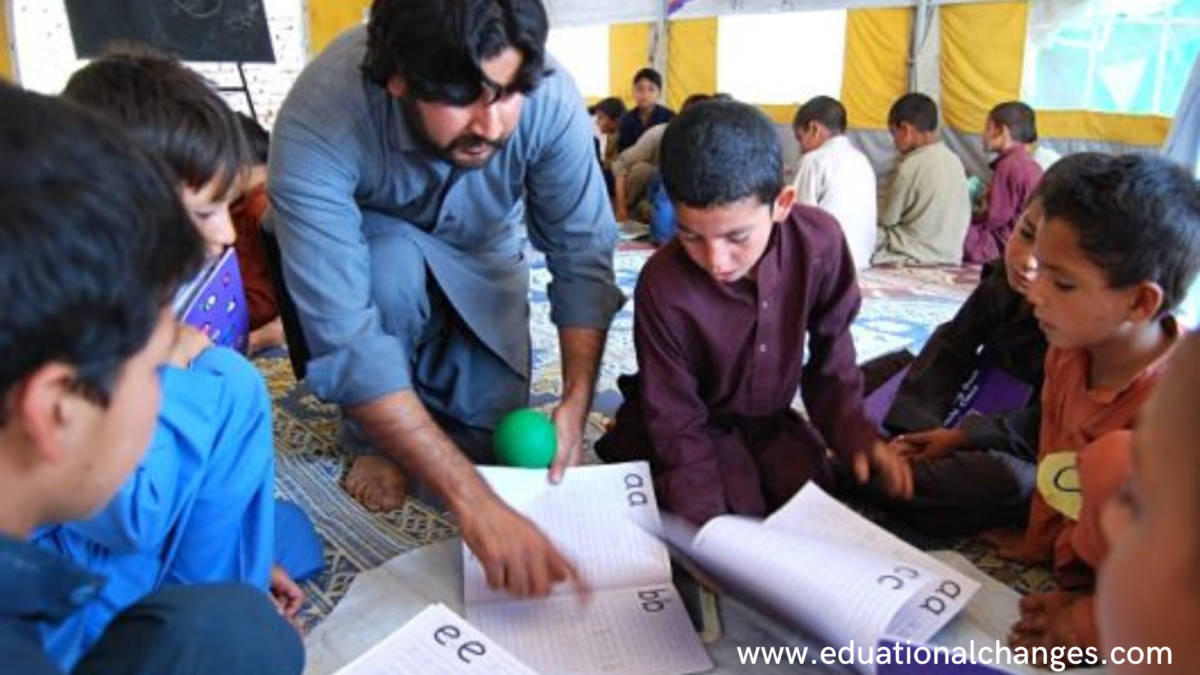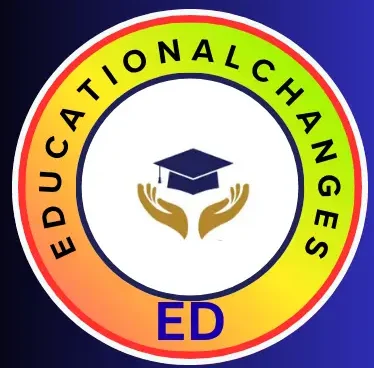
The education system in Pakistan plays a crucial role in shaping the future of the nation by providing a foundation for individual growth and societal development. The system is multifaceted, comprising various stages, structures, and components. In this essay, we will explore the key aspects of the school education system in Pakistan, focusing on its structure, challenges, and potential avenues for improvement.

Structure of School Education in Pakistan
Primary Education:
Primary education is the initial stage of formal education and is designed for children aged 5 to 9 years. It typically spans grades 1 through 5. The subjects taught at this level include languages (Urdu and English), mathematics, science, and social studies.
Middle Education:
Following primary education, students enter the middle school stage, covering grades 6 to 8. The curriculum expands to include additional subjects such as computer studies, general science, and Islamic studies. English becomes more emphasized to enhance language skills.
Secondary Education:
Secondary education is the next phase, comprising grades 9 to 10. Students undergo matriculation examinations at the end of grade 10, which serves as a gateway to higher education. The curriculum at this stage is more specialized, with students choosing between science, arts, or commerce streams.
Higher Secondary Education:
After matriculation, students can opt for higher secondary education, spanning grades 11 and 12. This stage is critical for future academic and career paths. Students select major subjects based on their chosen fields, such as pre-medical, pre-engineering, humanities, and commerce.

Challenges Facing the Education System in Pakistan
Access to Education:
Despite efforts to improve access, there are still significant disparities in educational opportunities between urban and rural areas. Many children, especially girls, face barriers to enrollment due to poverty, cultural norms, and inadequate infrastructure.
Quality of Education:
The quality of education in Pakistan faces challenges such as outdated curricula, insufficient teacher training, and a lack of educational resources. These factors contribute to a gap in the skills and knowledge acquired by students.
Gender Disparities:
Gender disparities persist in the education system, with a higher dropout rate among girls, particularly in rural areas. Socio-cultural norms, early marriages, and inadequate facilities for female students contribute to this issue.
Standardized Testing:
The reliance on standardized testing, such as board examinations, has been criticized for promoting rote memorization rather than fostering critical thinking and problem-solving skills.
Infrastructure and Facilities:
Many schools in Pakistan lack proper infrastructure, including classrooms, libraries, and laboratories. This hampers the overall learning experience and impedes the development of practical skills.
Potential Avenues for Improvement
Investment in Education:
Increasing budgetary allocations for education can address infrastructure gaps, improve teacher training, and provide necessary resources for students.
Curriculum Reforms:
Regular updates to the curriculum, with a focus on practical skills, critical thinking, and technology integration, can enhance the quality of education.
Teacher Training Programs:
Comprehensive and ongoing teacher training programs should be implemented to equip educators with modern teaching methodologies and pedagogical skills.
Addressing Gender Disparities:
Implementing policies to encourage and facilitate the education of girls, including awareness campaigns and incentives for families, can contribute to reducing gender disparities.
Promoting Vocational Education:
Recognizing and promoting vocational education can provide alternative pathways for students who may not pursue traditional academic routes, addressing the diverse needs of the population.
Conclusion:
The school education system in Pakistan is at a crossroads, facing both challenges and opportunities. By addressing issues related to access, quality, and inclusivity, Pakistan can create a robust and equitable education system that empowers its citizens and propels the nation towards socio-economic development. Ongoing efforts and sustained commitment are essential to realizing the full potential of education in shaping the future of Pakistan.
